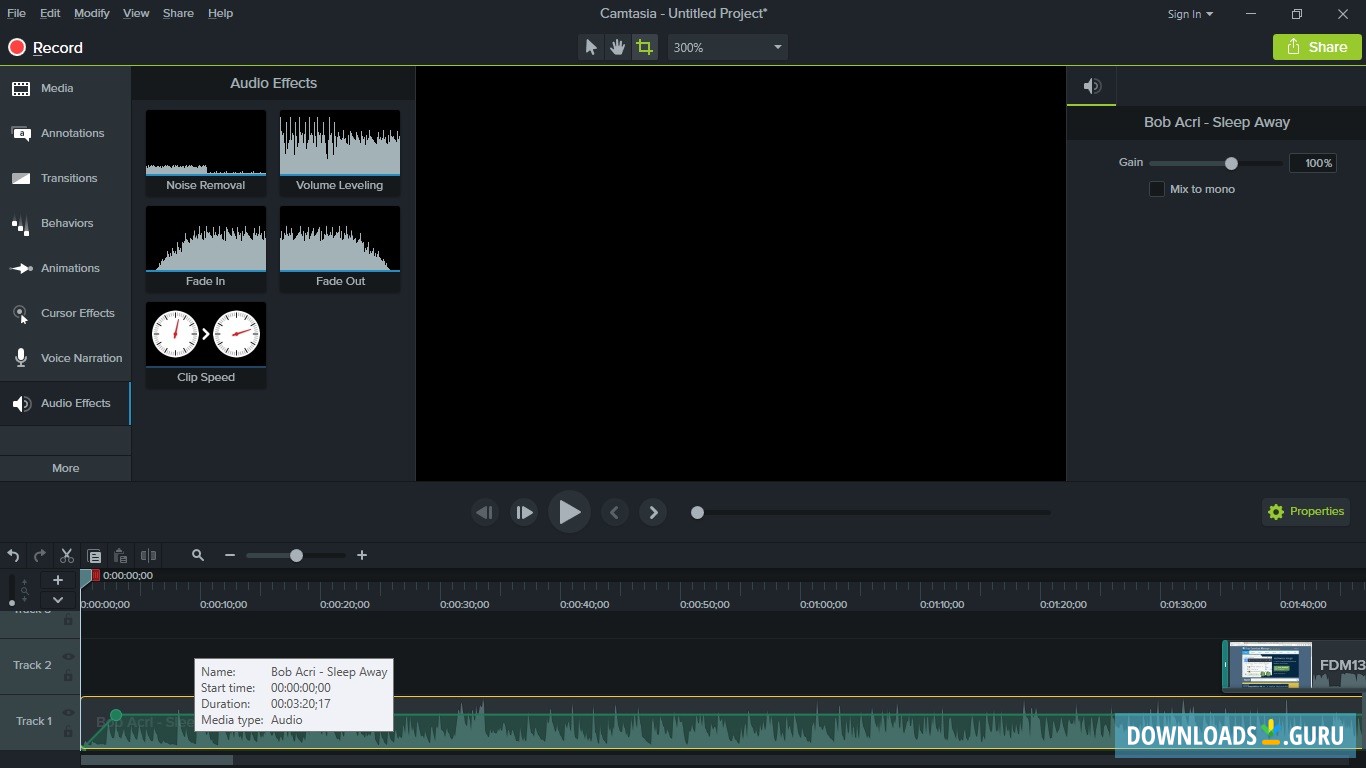
Select the 'Adjust Screen Resolution' option in the Appearance and Personalization menu, and then click on the Multiple Displays drop-down menu.


Head over to the Start Menu, and open the Control Panel. The actual steps you'll need to take may vary, depending on the computer and the OS you are using, and we are going to show you how to extend displays on Windows 8 or later. Each external monitor will display identical images when turned on, but in order to move software windows between the two screens, you'll have to enable the 'Extend These Displays' option.

The first step towards setting up a screencasting session with multiple displays is to make sure that the monitors are properly connected to your laptop or desktop computer.


 0 kommentar(er)
0 kommentar(er)
